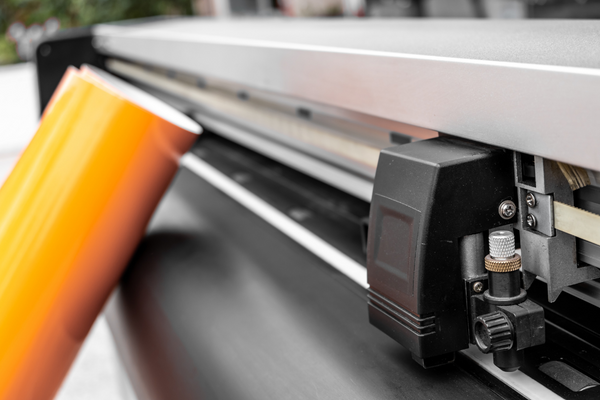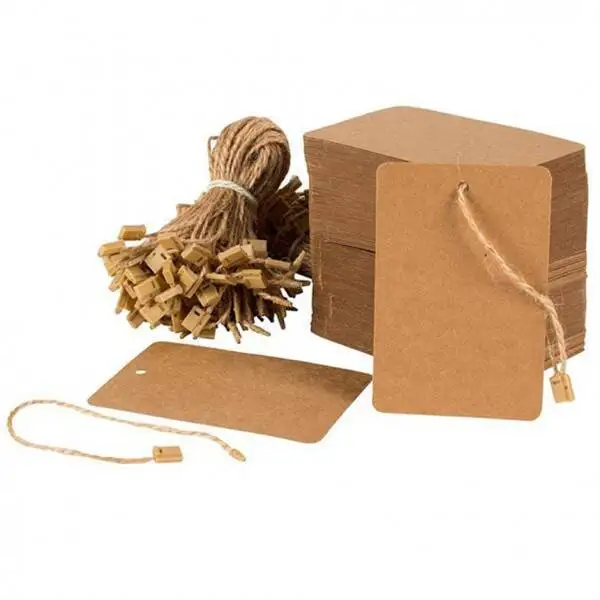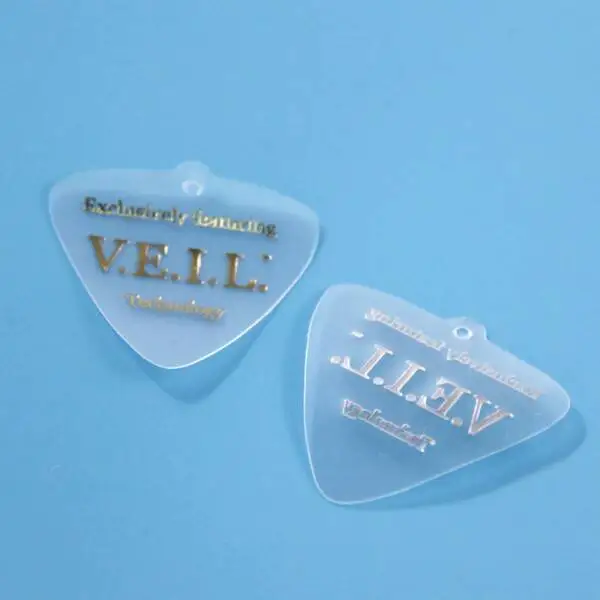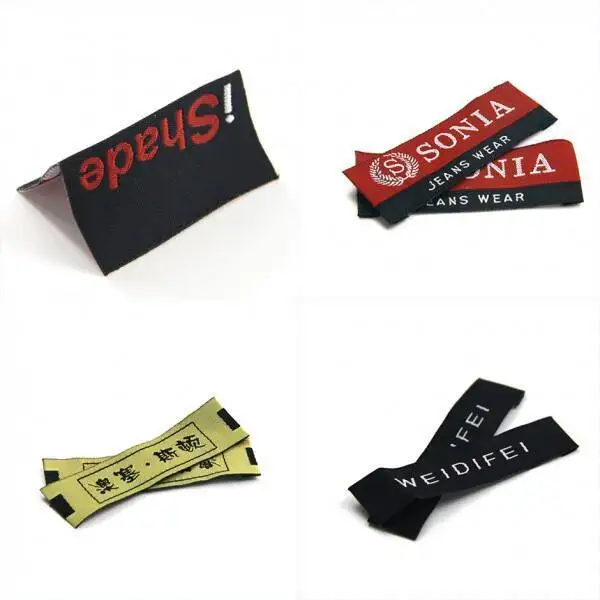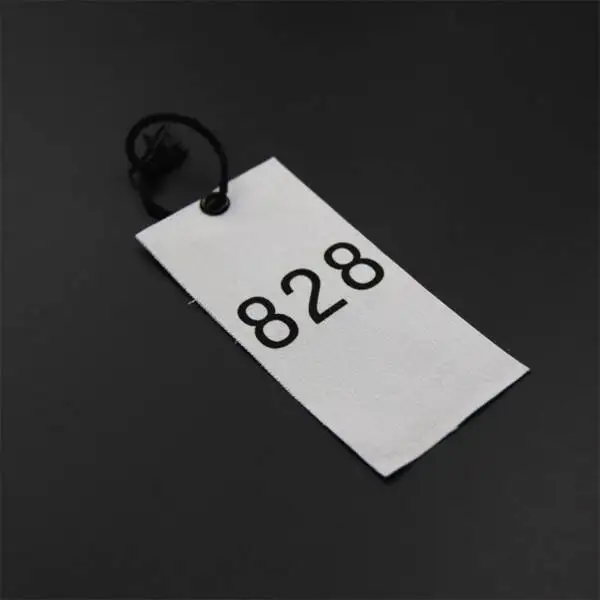How to Label Electrical Cords
How to Label Electrical Cords

One common question about labeling electrical cords is the right type of marking to use. While color-coding is effective, it isn't very specific. You'll need to mark the cords with a reference number, which is often difficult to read without a magnifying glass. You can also use a tape measure to determine the length of the wires. When labeling cables, the most important thing to remember is that you can't always see everything they're attached to.
If you're concerned about tripping over loose wires, you can use sleeves to identify the wire. Sleeve markers slip over the open end of the cord and are typically made of flexible material. They're also often heat-shrunk for a permanent identification solution. This method is also ideal if your cords are often exposed to harsh conditions. It would be best to use a self-laminating marker with a minimum diameter of five times the cable's diameter for maximum protection.
Consider using a heat-resistant wire marker like Acetate Cloth to protect the cords from being lost. These are great for applications in the automotive industry. Other types of marking materials include Self-Laminating Vinyl and Polyester. These types of marking materials are flexible and provide a permanent identification solution. The most common choice is a moose tag, which can be applied to various cables, including electrical ones.
There are many other reasons to label electrical cords. You can use colored labels to identify wires, such as the color-coding of power outlets or plugs, or you can add a decorative label to a cord. For practical reasons, labels can help you remember which wire goes where. And you can make sure that no one forgets about the wires in a cluttered space. And, you can never be too careful.
Another reason to label electrical cords is to make sure you know which cables belong to whom. Depending on the wire's diameter and length, you can label the cables by color or size. Regardless of the method you choose, remember to keep the wires away from each other and your home. If you have children, it's also a good idea to put some labels on electrical cords. They'll help keep your kids and your property safe.
Another reason to label electrical cords is for aesthetic purposes. You can also use stickers to mark the wires with a specific color. You can also use shrink tubes to label your cables. These are non-adhesive and have no residue when removed. They look very professional and are an ideal way to label your cables. However, this method is not cheap. If you want to save money, you'll need to get a special cord control system.
When labeling electrical cords, you should use adhesive labels to attach them to the wires. These labels are very important for safety and security. It would be best if you also kept your cables organized and tidy. A good rule of thumb is to use tape to label cables to prevent theft and damage. Lastly, you can make electrical cords look more attractive by putting stickers on. But before you label your cables, make sure you choose the right type of adhesive.
The best way to label electrical cords is to use tape or self-laminating markers. These labels will last longer than a permanent tape, and they're also much easier to find than other methods. In addition to using tape, you should also use a self-laminating adhesive marker. The label should cover the entire cord, so it'll be easier to identify it later. If you're using non-adhesive tape, you can always slip a small clip or bread bag over it.
Then you should label the other end of the cord as well. Ideally, you'd have a single label on each end of the cord. The striped tape will be used when a tape maker is not possible. The color of the labels on the cable should be different from the label. In addition to that, the labels should be big enough to fit the length of the cable. In this way, you'll avoid confusing yourself with a mistake that may lead to electrical fires.
Related Articles
Product Groups
- Metallic Label
- Supermarket Labels
- Food Label
- Tyre Label
- Resealable Label
- Holographic Labels
- Electrical Label
- Adhesive Vinyl Roll
- Inkjet Vinyl Sticker Paper
- Paper Box
- Temperature Resistant Labels
- Clothing Label
- Office Labels
- Bubble Mailer
- Bottle Label
- Chemical Label
- Anti Counterfeit Label
- Temperature Indicator Sticker


